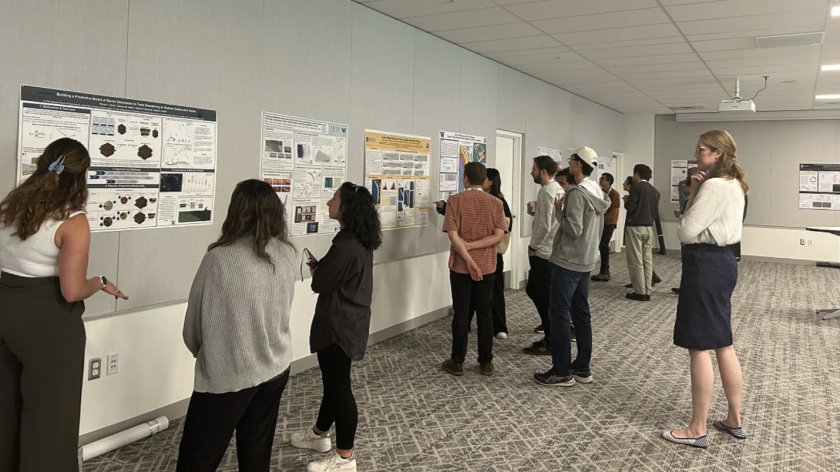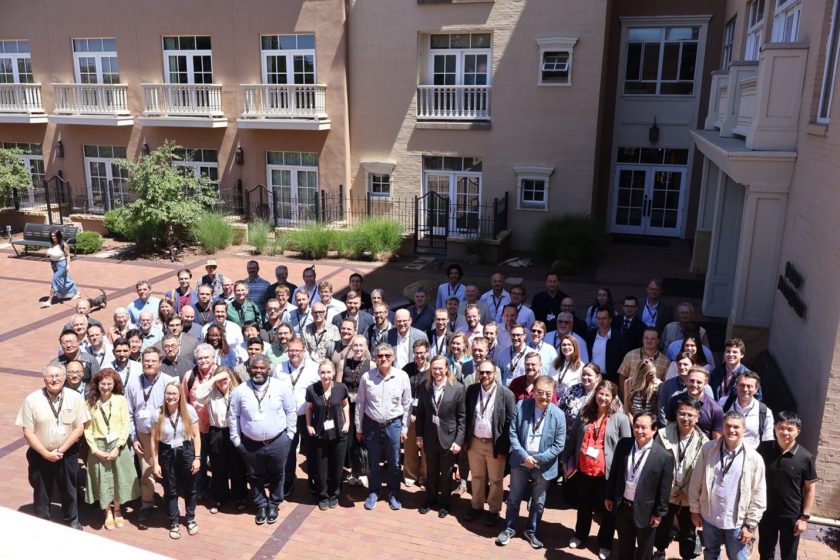Our results are used to predict pressure and stress, design stable and safe drilling programs, and predict hydrocarbon migration and entrapment. We study the state and evolution of pressure, stress, deformation and fluid flow through experiments, models, and field study:
- Experimental: We analyze fabric, acoustic, electrical, and material properties of mudrocks : 0.1-100 MPa.
- Poromechanical Modeling: We develop and apply coupled models to link realistic rheologies, deformation, stress (shear and normal), and pore pressure.
- Field Study: We analyze pore pressure, stress, and deformation in both conventional and unconventional basins.
We produce innovative concepts and analysis workflows that couple geology and geomechanics to predict and interpret pore pressure and stress in the subsurface. We have
- developed online software that predicts reservoir pressure,
- released databases and material models that describe mudrock material behavior, and
- developed workflows to predict stress in salt systems and thrust belts.
Our research aims to develop a unified approach that incorporates stress dependency, creep, mineralogical transformation, and loading path to illuminate the state and evolution of pressure and stress in basins. We are applying this approach to develop two and three-dimensional whole earth models that improve well design, real-time drilling, borehole stability, reservoir simulation and seismic imaging.
Click here for more details about the Consortium, or contact the Consortium Co-Directors, Dr. Peter Flemings and Dr. Jack Germaine.



